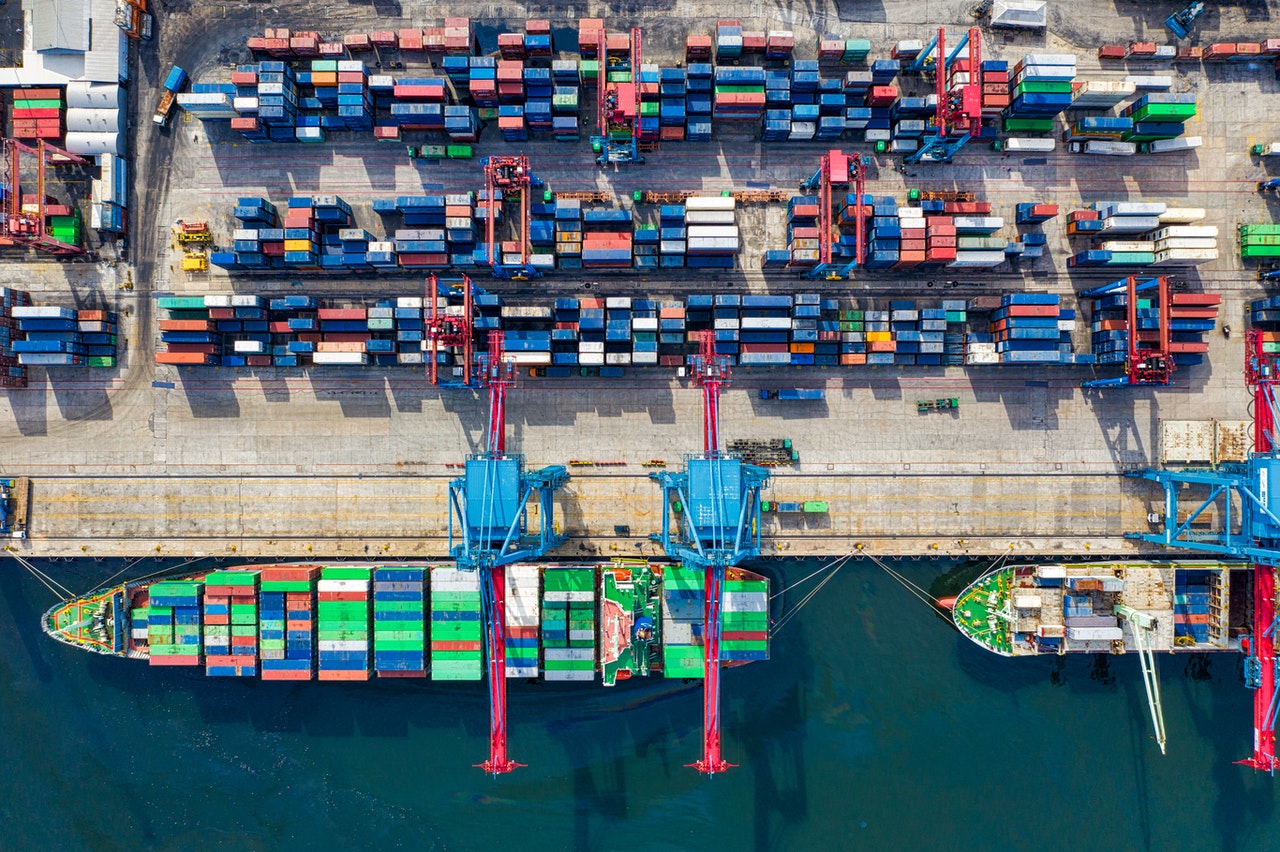Indonesia is set to build its first electric vehicle (EV) battery plant and aims to begin production by 2023.
The project is being initiated by Indonesia Battery Corp (IBC) — a holding company consisting of four state-owned enterprises, namely MIND ID, PT Pertamina, PT Perusahaan Listrik Negara, and PT Aneka Tambang Tbk — and a consortium led by South Korea’s LG Group in what will be an initial investment worth US$1.2 billion.
However, the total investment for the IBC-LG project is estimated to reach US$9.8 billion and employ 1,000 workers.
The Kota Deltamas industrial area in Bekasi, West Java province, has been chosen as the facility site, being only two hours from Jakarta by road, and will span some 33 hectares. The facility is expected to have a capacity of 10 Gigawatt hours (GWh) (one gigawatt equals 1 billion watts of electric power), with the batteries manufactured there slated to be used in Hyundai electric vehicles.
Furthermore, a Chinese consortium, which includes China’s Contemporary Amperex Technology (CATL), will invest US$5 billion in a lithium battery plant in Indonesia, with production starting in 2024; both CATL and LG supply the batteries for Tesla’s made-in-China models.
Indonesia wants to increase production to reach a battery capacity of 140 GWh by 2030 from which 50 GWh will be allocated for export. The remainder will be used for Indonesia’s domestic electric vehicle industry — mainly for motorbikes rather than cars.
With Indonesia looking to boost investment in its EV battery sector to US$33 billion by 2033, the country presents ample opportunities for foreign EV manufacturers.
Source: ASEAN Briefing
Author: Ayman Falak Medina
Original published date: 8 July, 2021
Read full article here https://www.aseanbriefing.com/news/indonesia-to-build-electric-vehicle-battery-plant-production-starting-in-2023/
























